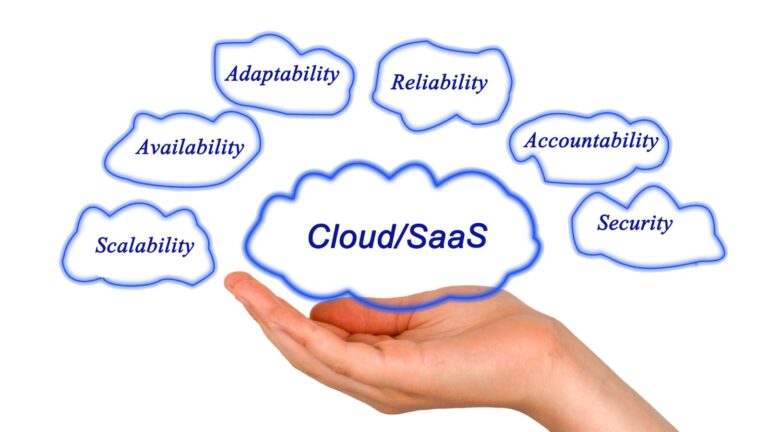Cloud-based software has transformed how businesses operate, making it easier to scale, collaborate, and innovate. But with this flexibility comes a growing challenge keeping costs under control.
SaaS subscriptions and cloud services are often spread across multiple teams, each making independent purchasing decisions. Over time, this leads to untracked expenses, duplicate tools, and auto-renewals that quietly drain budgets. Many businesses don’t realise how much they’re overspending until costs spiral out of control.
The key to reducing waste isn’t cutting essential software it’s adopting smarter procurement strategies. By gaining visibility into their SaaS and cloud expenses, businesses can take back control, optimise spending, and ensure they only pay for what they truly need.
Why Cloud And Saas Costs Get Out Of Hand
As businesses expand their cloud usage, several factors contribute to overspending:
- Lack of visibility – Many companies don’t have a centralised view of their cloud and SaaS costs, making tracking where money is going difficult.
- Auto-renewals and price increases – Contracts often renew automatically, sometimes with higher pricing, without finance teams having a chance to review them.
- Duplicate and overlapping tools – Different teams subscribe to similar tools without realising there’s already a company-wide solution available.
- Unused or underutilised licences – Many businesses continue paying for software licences long after employees have stopped using them.
- Complicated pricing models – SaaS and cloud providers often use tiered pricing, usage-based fees, and additional costs that aren’t immediately obvious.
Without active management, these issues result in significant financial waste, reducing the resources available for more strategic investments. Many companies that adopt cloud services in Irvine benefit from scalable infrastructure, improved collaboration, and easier access to real-time data — all of which support long-term growth and flexibility.
How Businesses Can Regain Control of Cloud and SaaS Costs
A structured approach to cloud cost control starts with visibility, optimisation, and proactive management. Here’s how businesses can cut unnecessary spending without sacrificing the tools they rely on.
1. Get A Clear View Of All Saas And Cloud Expenses
The first step in managing costs is knowing exactly what’s being spent. Many businesses struggle with fragmented software spending, where departments manage their subscriptions separately.
By centralising all cloud and SaaS expenses in one platform like Vertice, companies can:
- Identify where money is going
- Spot duplicate and underused software
- Track upcoming renewals and potential cost increases
With this visibility, finance and procurement teams can decide where to cut costs and invest.
2. Eliminate Unused And Duplicate Subscriptions
It’s common for businesses to have multiple tools serving the same function. Teams may subscribe to different project management, collaboration, or analytics tools without oversight when a single solution could meet company-wide needs.
A thorough audit of SaaS subscriptions helps businesses:
- Identify and remove duplicate tools
- Consolidate software into fewer, more cost-effective solutions
- Reduce unnecessary spending while maintaining productivity
3. Prevent Automatic Renewals From Increasing Costs
Many SaaS providers increase their prices at renewal, assuming businesses won’t notice. If contracts renew automatically, companies often end up locked into higher rates without the chance to negotiate.
By tracking renewal dates and setting up alerts before contracts auto-renew, businesses can:
✔ Avoid unwanted price hikes
✔ Cancel or renegotiate contracts ahead of time
✔ Ensure software is still providing value before committing to another year of payments
4. Optimise Licence Usage
Even when businesses subscribe to the right tools, they often pay for more licences than necessary. Employees may have access to software they never use, or teams may hold premium licences when a basic tier would be sufficient.
A smart approach to licence management includes:
- Reallocating unused licences instead of purchasing new ones
- Downgrading expensive plans that aren’t fully utilised
- Regularly reviewing licence usage to avoid overpayment
5. Choose The Right Saas Pricing Model
Cloud and SaaS providers offer various pricing models, from pay-as-you-go to annual contracts with discounts. While some plans seem cost-effective upfront, they may lead to overspending in the long run.
To maximise savings, businesses should:
- Assess whether monthly or annual billing makes more sense based on usage patterns
- Take advantage of volume discounts for company-wide software needs
- Avoid unnecessary add-ons that inflate costs without adding value
6. Automate Cost Control With Procurement Software
Manually tracking SaaS and cloud expenses is time-consuming and prone to errors. Automating the process with procurement software ensures that cost control is proactive, not reactive.
A procurement platform can:
✔ Monitor SaaS and cloud spending in real time
✔ Flag inefficiencies and potential savings opportunities
✔ Automate renewal tracking and negotiation reminders
✔ Provide insights into cost trends to prevent future overspending
Cloud and SaaS solutions are essential for modern businesses, but costs can quickly spiral out of control without oversight. By tracking expenses, eliminating waste, and optimising procurement, businesses can cut down on unnecessary spending without losing the tools they need.
With the right strategy and tools, companies can make smarter financial decisions, freeing up resources for innovation and growth.






